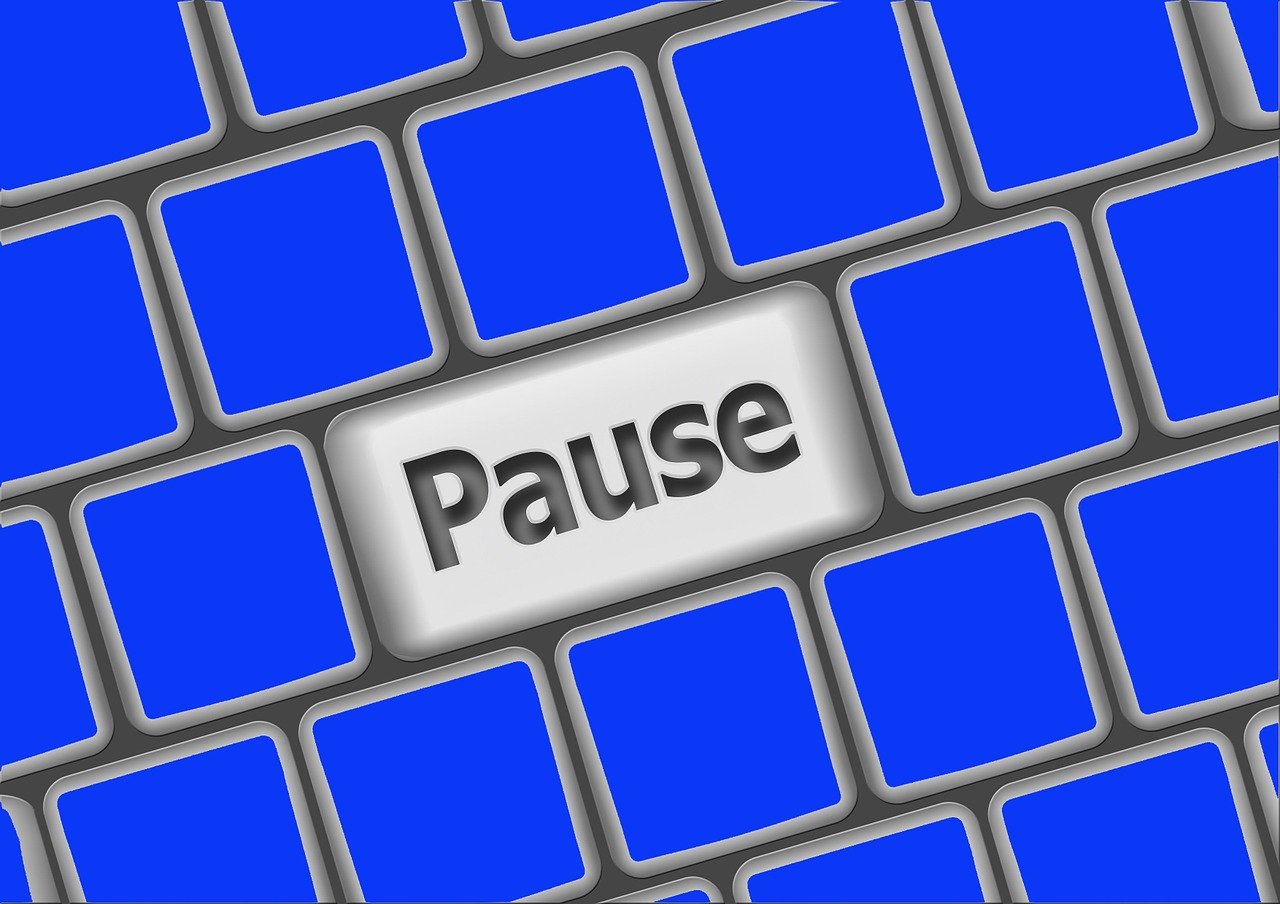Do you know if your audience is listening? Can they be on a phone and still listen? How do you entice them to listen?
It’s a given. Attention spans are shrinking. Your audience decides in seconds whether you are interesting and if your message is worth listening to.
Here are common clues that your audience is listening.
Eye Contact: Are they making steady eye contact with the speaker? Are they looking at the slides on the screen?
· Body Language: Audience members who are leaning forward with open body language are signaling that they are receptive to the message. Other body language signs are
- Head Nodding: When you see audience members are nodding their heads in agreement that’s a signal that they are engaged.
-Facial Expressions such as smiling or raised eye brows can indicate agreement or surprise.
Verbal Responses: In a small group, members may comment or ask relevant questions, Statements such as "yes," or "I see," vindicate active listening. Laughter is also a strong indicator of audience attention.
Note-Taking: Audience members who find the information valuable may often take note to aid in the listening process.
Participation: Asking or answering questions, raising their hands, and actively participating in exercises or activities show that the audience is actively listening.
Mirroring: When rapport is strong audience members may find themselves mirroring the body language of the speaker.
Feedback: After the presentation, if participants offer constructive feedback or stay around to ask follow-up questions you’ll know they were listening.
Silence: Don’t assume the audience isn’t listening if there is silence. If a topic is complex or the audience is naturally reserved it doesn’t mean they’re not listening. One professional speaker thought he was bombing because the audience was silent. He tried every technique to engage them but he just couldn’t read them. When he concluded, they gave him a standing ovation and rushed the stage to talk to him.
Remember that each audience is different. Listening can be impacted by culture, time of the presentation, the environment, and their emotional state. You may not have control over all these things but you do have the ability to be interesting Be open and give it your best. You can gauge their interest by looking for the 10 signs of listening.
What listening clues do you look for in your audience?
To learn how to Speak Confidently and Effectively check out my LinkedIn learning course. It ranked in the Top 20 Most Popular courses for 2 years.
To learn techniques to overcome fear of speaking, read Chapter 3 of Knockout Presentations.
To work with me contact DiResta Communications, Inc.








